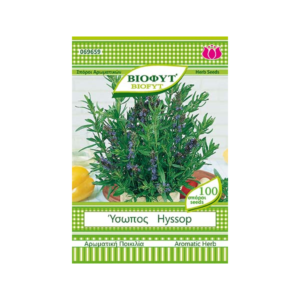Sage
Sage
Sage is quite a hardy plant and grows in a variety of soils, even dry, barren and stony soils. Sage grows best in sandy, calcareous soils with very good drainage that warm up in early spring. Sage is resistant to both low and high temperatures, meaning we can plant it in hot and cold areas. Prefers places with sun both in the garden and on the balcony.
When planted in the shade, it shows stunted growth and can show rot in the shoots and the root. Incorporating organic matter in the form of digested manure and compost when planting sage is beneficial for its growth.
Sage has moderate watering and fertilization requirements. Initially, during the first year of the sage’s life, after transplanting, small and frequent waterings are required for it to take root better. The sage will then need less frequent watering in the spring and autumn, but more often in the summer to withstand the high heat. Care must be taken with water, as excessive watering can cause root rot, drying of the shoots, yellowing of the leaves as well as defoliation. Incorporating a small amount of complete organic fertilizer in early spring is advisable for good growth and flowering, and it will need to be fertilized once more after pruning.









